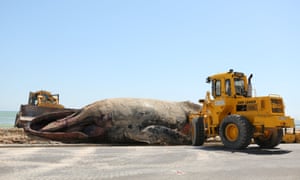Date:December 21, 2015
Source:Uppsala University
Most horses today are treasured for their ability to run, work, or be ridden, but have lost their wild-type camouflage: pale hair with zebra-like dark stripes known as the Dun pattern. Now an international team of scientists has discovered what causes the Dun pattern and why it is lost in most horses. The results, published in Nature Genetics, reveal a new mechanism of skin and hair biology, and provide new insight into horse domestication.
The work is an international collaboration led by groups at Uppsala University, Uppsala, Sweden, and the Huntsville Institute of Biotechnology, Huntsville, Alabama, USA.
Pale hair colour in Dun horses provides camouflage as it makes a horse in the wild less conspicuous. In contrast, domestic horses, as well as many other domestic animals, have been selected over many generations to be more conspicuous, more appealing or simply different than the wild type. The pale hair colour in Dun horses does not affect all parts of the body; most Dun horses have a dark stripe along their back, and often show zebra-like leg stripes. However, the majority of domestic horses are non-dun and show a more intense pigmentation that is uniformly distributed.
"Dun is clearly one of the most interesting coat colour variants in domestic animals because it does not just change the colour but the colour pattern," states Leif Andersson, whose group led the genetic analysis. We were really curious to understand the underlying molecular mechanism why Dun pigment dilution did not affect all parts of the body, continues Leif.
The research team started by analysing the distribution of pigment in individual hairs.
"Unlike the hair of most well studied mammals, the dilute coloured hairs from Dun horses are not evenly pigmented the whole way around. They have a section of intense pigmentation along the length of the hair, on the side that faces out from the body of the horse, whilst the rest of the hair has more or less no pigment," explains Freyja Imsland, the lead author for the genetic analysis, and a PhD student in Andersson's group. The hairs from the dark areas of Dun horses are in contrast intensely pigmented all around each individual hair. In spite of scientists having studied hair pigmentation in detail for a very long time, this kind of pigmentation is novel to science, and quite unlike that seen in rodents, primates and carnivores.

















